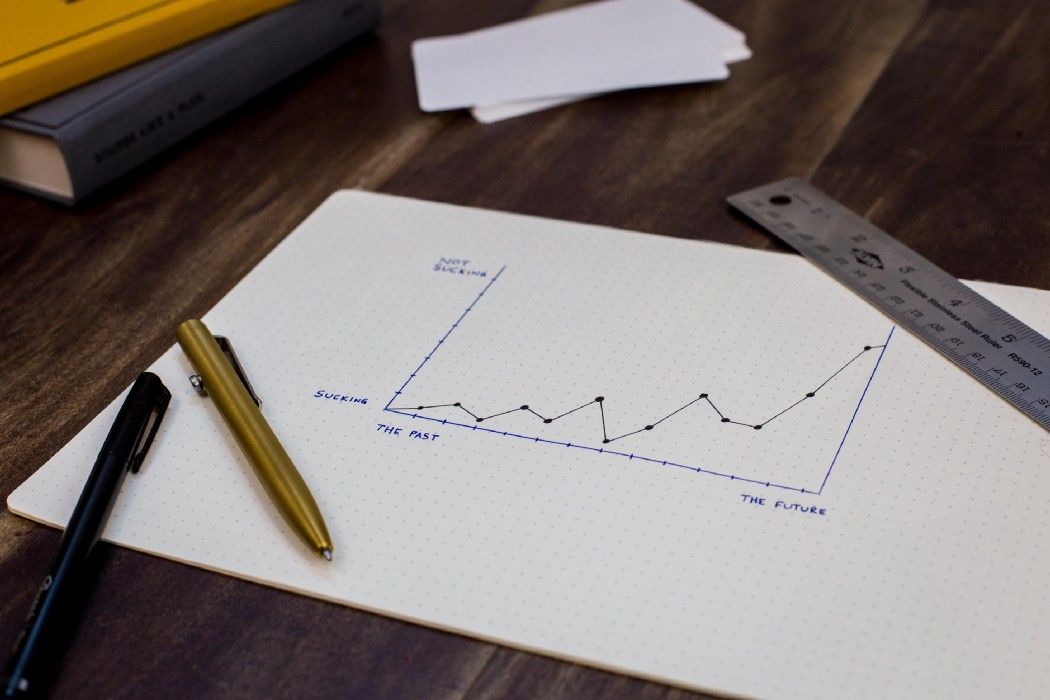The 3 Apps Essential For Tracking Your Fitness Progress

They keep it simple and easy to ensure progression
When someone starts dieting or a new training plan they often make some initial progress but then falter, finding it difficult to get back on track. The initial burst of motivation wears off and they find themselves back in the same place before they started.
Why is this?
One reason could be down to the systems, or lack of, in place. A way to keep yourself accountable or to visually see changes may be required. For example, a graph sloping downwards as you lose fat keeps you driven to remain focused on what you want to achieve.
Furthermore, a graph trending upwards of your estimated squat 1RM over a long period of time gets you buzzing to get under the bar every week.
We are fortunate to have an abundance of apps available to record and track this data at our fingertips.
Tracking is an important concept when it comes to health and fitness. I’m always reminded of the famous quote below.
What gets measured gets managed — Peter R. Drucker
Keeping on top of the variable you’ve identified as critical will aid in the pursuit of your goals. For example, if you’re to lose X pounds per week then weighing yourself every day will let you know if the other variables you are controlling (food, for example) are on point.
Of course, this power comes with responsibility. It’s not hard to become obsessed with the data and neglect how you are actually feeling. This is the most important variable to track. Is feeling good and performing at your best both in and out of the gym not what all fitness enthusiasts look to achieve?
To further avoid complexities when tracking, I look for apps that are simple and easy to use. I like to be able to effortlessly slot this into my daily life, hassle-free.
These 3 apps are all I use to track my calories, water intake and workouts.
MyFitnessPal
For tracking calories, meals and hydration this has it all. You can create and save meals which make it easy to quickly add a meal rather than tediously scanning every item every time you make it. Scan. Save them as a meal. Sorted. Easy.
While the calorie calculator can be questionable at times (I’ve never used their recommendations), it is still probably the best app of its kind. You are able to configure macros on the free version, adjust your goal weight and have the option to decide whether you’d like to lose fat, maintain, or gain.
The app is from Under Armour, which also has its own workout-tracking app (MapMyFitness) and cycle tracker (MapMyFitness) as an alternative to Strava. I’ve had experiences with both of these and they do as needed. I wasn’t too keen on MapMyFitness putting how many calories you burned during a workout into MyFitnessPal. Mainly because, this can vary quite a lot from person to person, even those of similar weight and height.
Very rarely is an item not on the database. It also includes fast-food chains, such as McDonald's, and restaurants like Nandos.
StrengthLog
After seeing Dr Yusef Smith from PropaneFitness recommend StrengthLog, I knew it was going to be good. The clear and clean aesthetic of this app makes it extremely user friendly and easy to use. The large database of exercises makes it simple to track lifts over time and see your progression.
I previously used (and recommended) an app called Strong (which was still pretty good), although it didn’t have the face pull in its database — one of my favourite exercises.
The stats and training log allow you to see how many workouts you complete per week, the average weight you lifted and much more.
You can also create ‘special sets’ like supersets, circuits and complexes which is handy.
Anyone who goes to the gym to lift weights should be progressively overloading each session. By this, I mean lifting a little bit more than last time out. That could be through the number of reps at a given weight or the same reps for a heavier weight, for example.
By looking at the history of an exercise, you are able to see exactly what you have done previously and make progress each time you’re at the gym.
Excel
“That’s not a fitness app”, I hear you say.
Yes, correct. Hear me out though.
I have an Excel sheet in which I input my daily weight. sleep rating and calories and macros from MyFitnessPal. Personally, I prefer to be able to manipulate my own data and see long-term trends. Plus, it keeps everything in one place.
Setting up an Excel sheet to do so is incredibly easy and only requires you to be able to create some simple scatter or line graphs, whichever you prefer. The background work gets done on the desktop version then sent to my phone. When I finish a training/dieting block, I can go back and look at the data to see where improvements can be made going forward.
These 3 apps allow me to track what I need to in order to help me reach my goals. By controlling the main variables through properly set up systems achieving fitness goals can be made easy.
I appreciate there are a plethora of fitness tracking apps out there which you may have found success with in the past.
If you’re someone who finds it tough to make advancements then getting one (or all) of the 3 apps above can put you on the path to progression.
These 3 apps allow me to track what I need to in order to help me reach my goals. By controlling the main variables through properly set up systems makes it easier for you to work towards and achieve fitness goals.
It has never been easier to track our daily food intake. You don’t even need a calculator.
Enjoyed this? Subscribe to get emails when I post something new.
Check this one out.
